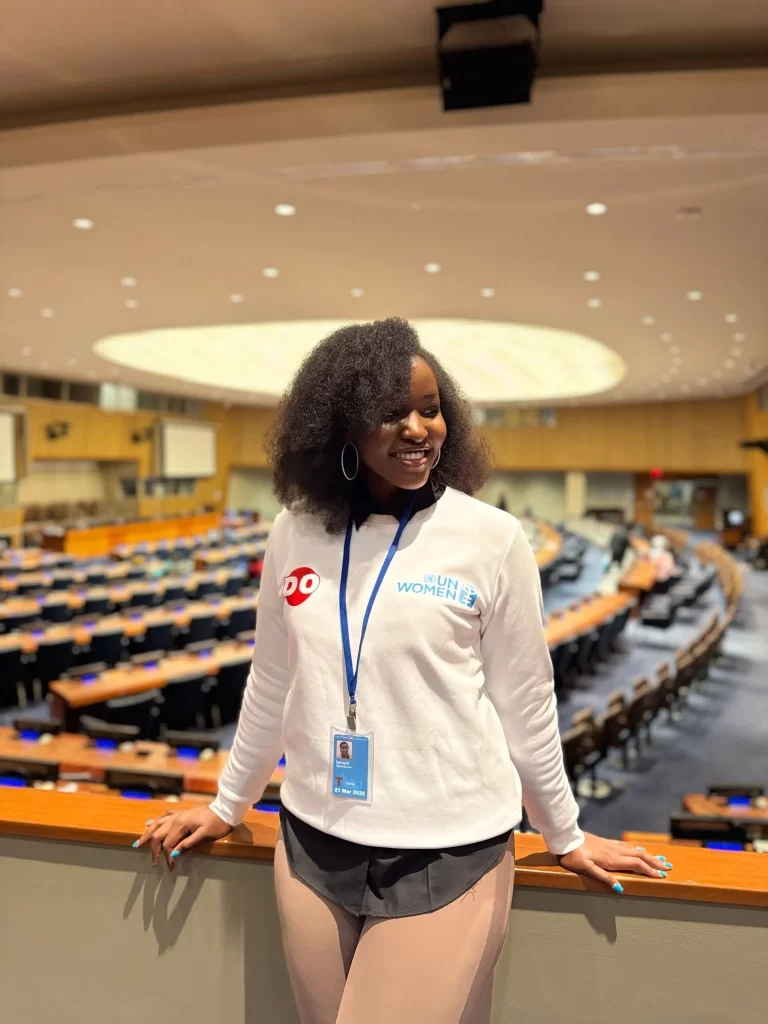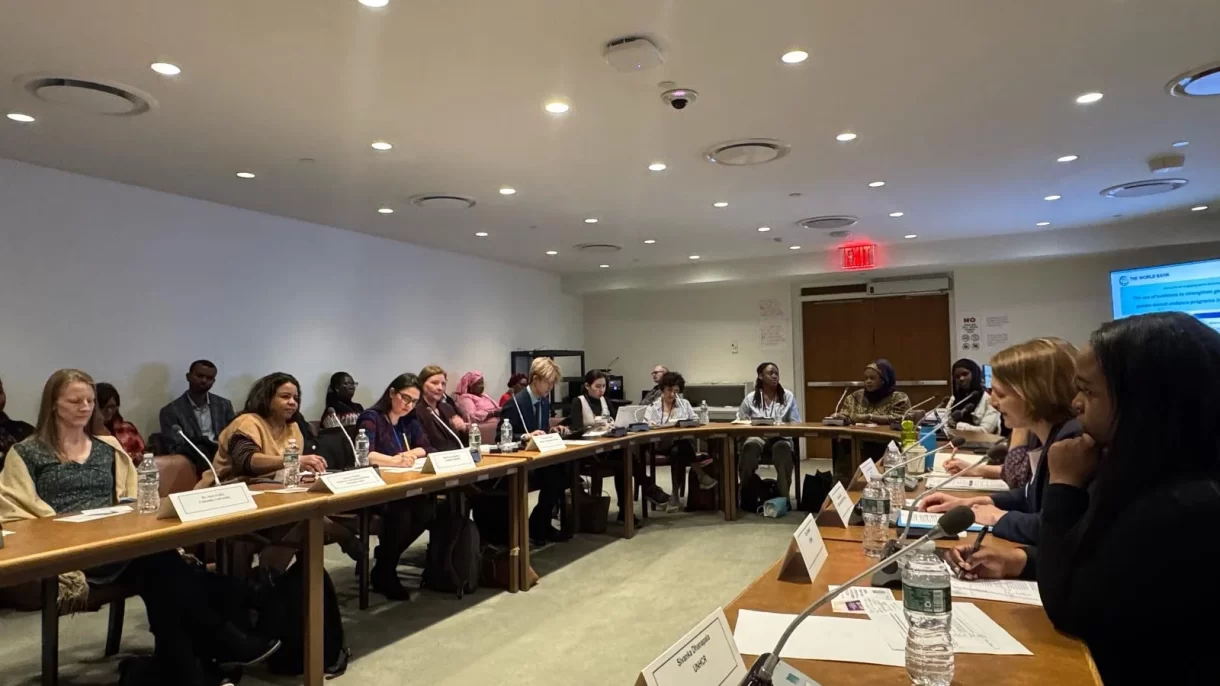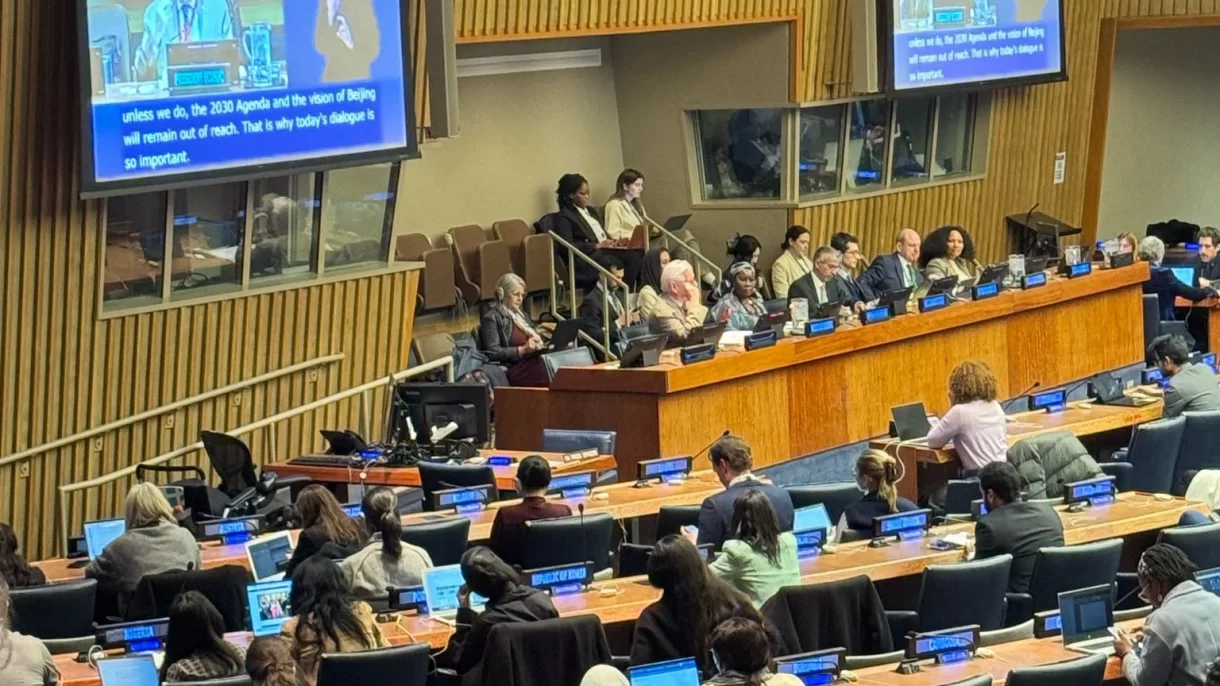In boardrooms and at the United Nations, the conversation around artificial intelligence is growing louder—but real impact begins far from these polished halls. It starts at the grassroots.

Over the past few years, I’ve had the privilege of working at the intersection of AI innovation and global development, advocating for technology to serve not just profit—but people. One of the most urgent areas where this alignment is needed is gender equality. As we work toward Sustainable Development Goal 5 (SDG 5), we must ask: How can we ensure AI helps close the gap, not widen it?
My journey into this question began not in a lab, but in communities—engaging women leaders, youth innovators, and policy advocates from around the world. Through my roles, I’ve witnessed firsthand how AI can be both a catalyst and a caution. The challenge is ensuring it’s used with intention.
AI has the power to identify patterns of inequality, highlight underserved communities, and automate services that expand access to education, healthcare, and economic opportunity. It can translate languages, detect biases in hiring, and personalize learning for girls in remote regions. But this potential will only be realized if we address one fundamental truth: AI reflects the people who build it.
Bias in data, underrepresentation in training sets, and exclusion in the design process often result in systems that fail to see or serve women. This isn’t just a technical issue—it’s a human one. And it’s why grassroots engagement matters.
Through workshops I’ve facilitated and panels I’ve led, I’ve found that some of the most powerful insights come from those furthest from the center of power. Women in rural communities, local nonprofits, educators, and entrepreneurs all bring a lived experience that’s essential to building better systems.

In one initiative, we explored how AI could support smallholder women farmers by predicting crop yields, connecting them to markets, and translating financial education into local dialects. In another, we brainstormed ways to use AI chatbots to offer discreet mental health support for women facing domestic violence in isolated regions.
The future of gender equality depends on more than AI literacy—it demands AI leadership. Women must not only be users of technology but designers, developers, and decision-makers at every level. As someone building AI experiences at the enterprise level while advocating for ethical, inclusive solutions globally, I believe in a dual mandate: build what’s cutting-edge, and ensure it serves those at the margins.
Because when we harness AI to serve equity—not just efficiency—we don’t just build smarter systems. We build a more just world. These are not moonshots—they are measurable, meaningful interventions that start with listening.





